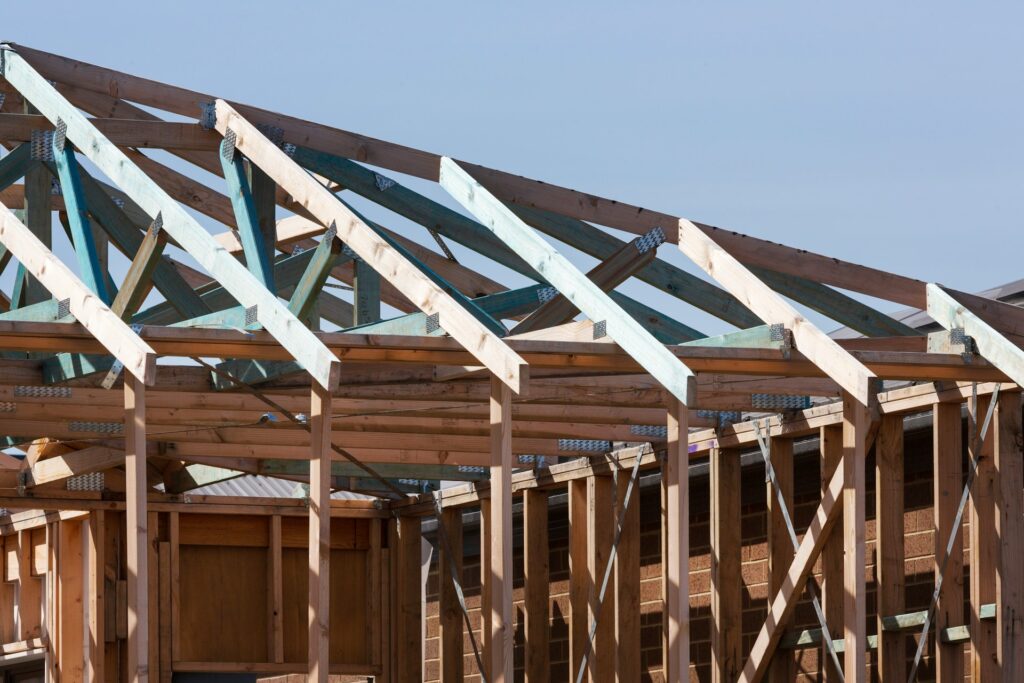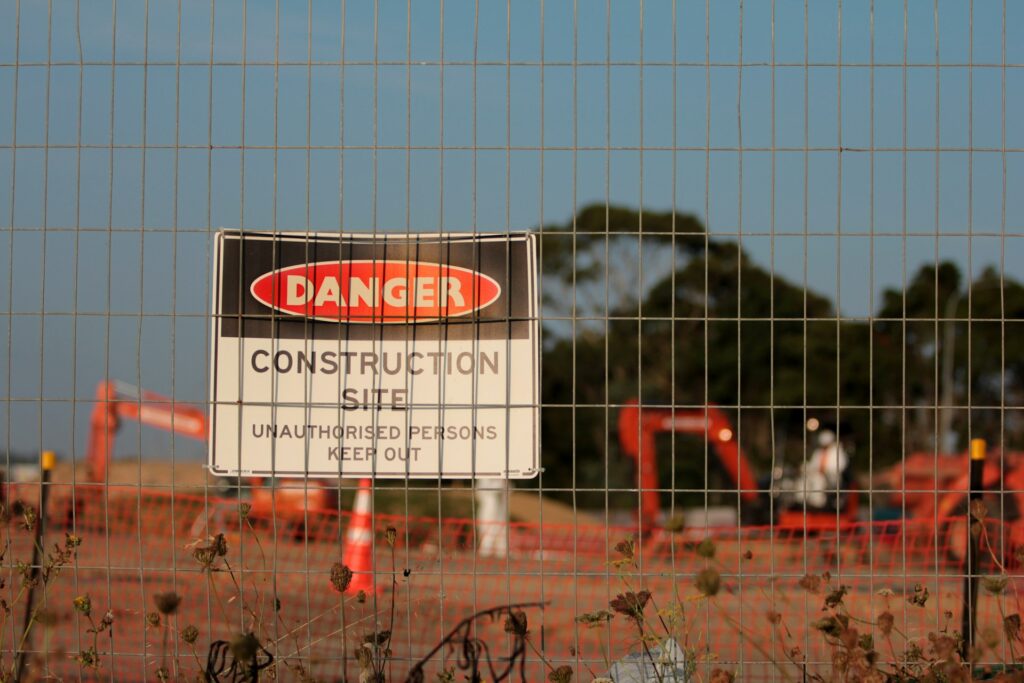Australia’s ambitious national target to construct 1.2 million new homes over five years is facing an acute shortage of skilled tradespeople.
While the nation’s temporary skilled migration program is intended to fill crucial labour gaps, recent analysis highlights a profound mismatch between the skills being imported and the urgent needs of the residential construction sector.
The imbalance is stark.
At the end of 2024, the total pool of temporary skilled workers in Australia stood at 166,830 individuals. However, a deep dive into occupational data reveals that only 2.5% of this workforce is contributing to the housing pipeline.
This phenomenon has brought the entire skilled migration system under scrutiny.
The cost of this skilled shortfall
According to data published by the Housing Industry Association (HIA), only 4,229 of these temporary skilled workers were employed in home building trade occupations.
This meagre figure equates to just 2.5 per cent of the overall temporary skilled migration cohort, leaving over 97 per cent of skilled migrants working across other sectors.
Industry experts argue that this disproportionately low intake of tradespeople is directly undermining national efforts to accelerate housing supply and alleviate the ongoing affordability crisis, creating a significant bottleneck for builders nationwide.
The failure to import the necessary labour has translated directly into escalating costs for consumers. The consequences of this persistent shortage are evident in labour costs, which are significantly outstripping broader economic trends.
Despite a contraction in home building activity in major centres like Sydney, Melbourne, and the ACT, the scarcity of trades has not eased.
Over the 12 months leading up to March 2025, the price of skilled trades saw a dramatic increase of 5.5 per cent.
This sharp rise contrasts significantly with the broader Australian wage growth, which hovered closer to 3 per cent during the same period.
The relentless upward pressure on pricing is a key factor pushing up the final cost of new homes and imperilling the feasibility of achieving the national housing construction goals.
Where to from here?
The data serves as a compelling argument that the current skilled migration system is failing to serve the demand-driven needs of a sector vital to the national economy and housing affordability.
To address the crisis, there is a clear necessity for immediate and structural reform.
Recommendations from industry bodies are shared: developing a dedicated construction visa pathway is needed to attract highly-sought overseas workers during cyclical peaks in activity.
Critically, this must be paired with a comprehensive, long-term domestic workforce development strategy to boost the pipeline of local talent through increased support for apprentices, training providers, and the businesses that employ them.
Without such targeted changes and robust investment in local skills, achieving The National Housing Accord home target will remain an insurmountable challenge, deepening the housing crisis for years to come.
Sources
- https://hia.com.au/-/media/files/our-industry/advocacy/projects/workforce-requirements/hia-workforce-requirements-oct-2024.pd
- https://hia.com.au/our-industry/newsroom/economic-research-and-forecasting/2024/07/lingering-worker-shortages-see-trade-rates-continue-to-rise
- https://treasury.gov.au/policy-topics/housing/accord
- https://mba.org.au/wp-content/uploads/2024/07/2024_July_State-of-building-and-construction-industry-workforce.pdf
- https://www.jobsandskills.gov.au/sites/default/files/2024-04/Australia%20Industry%20Profile.pdf
- https://www.abs.gov.au/articles/nuts-and-bolts-australian-construction-industry

